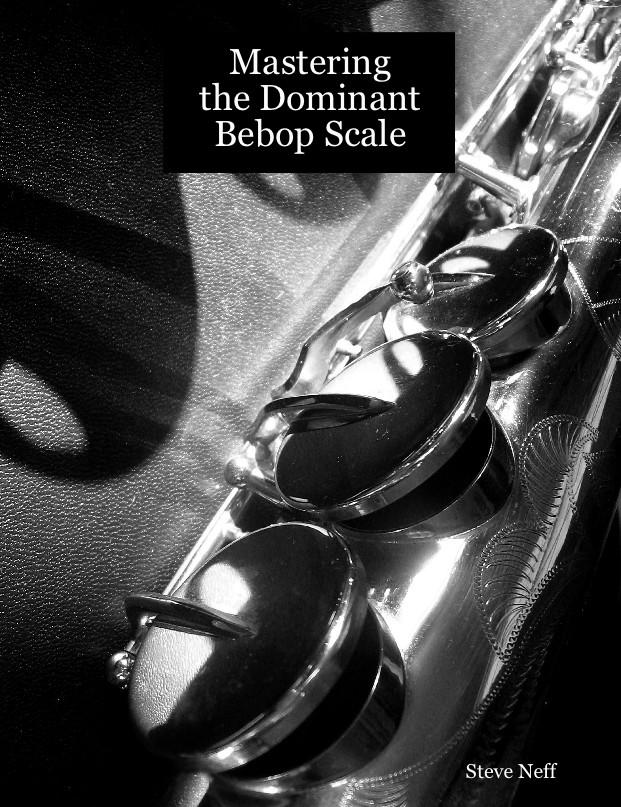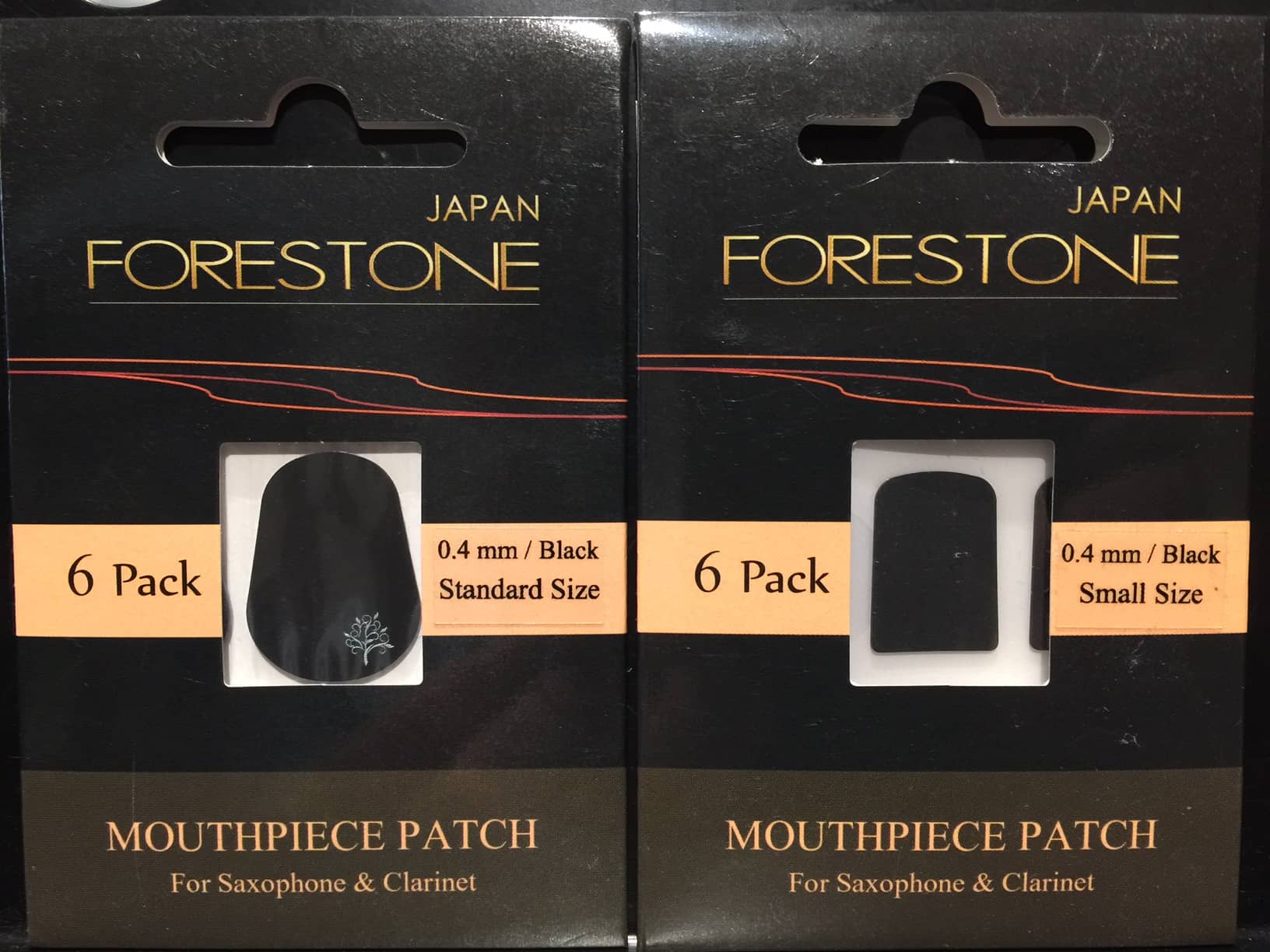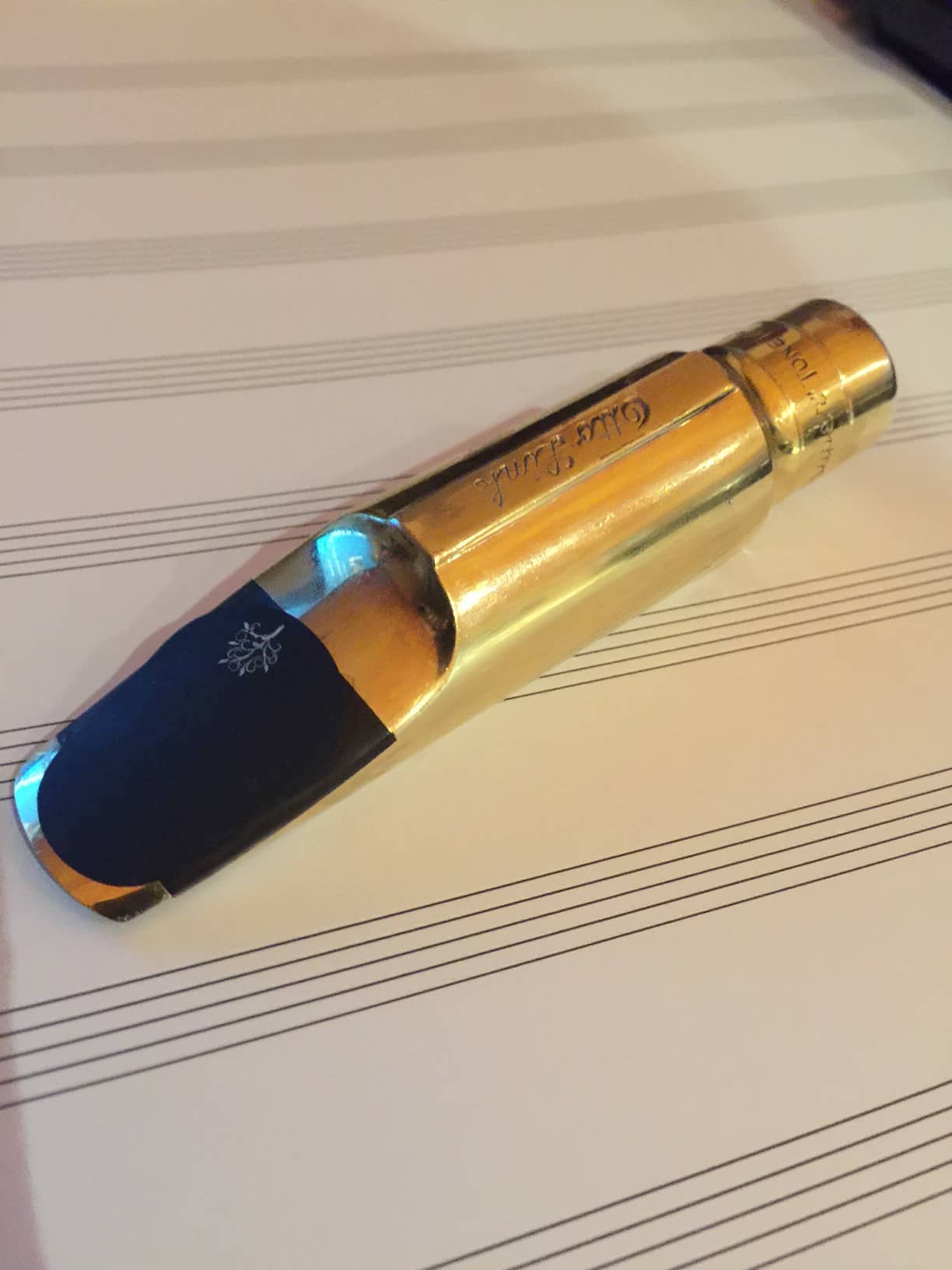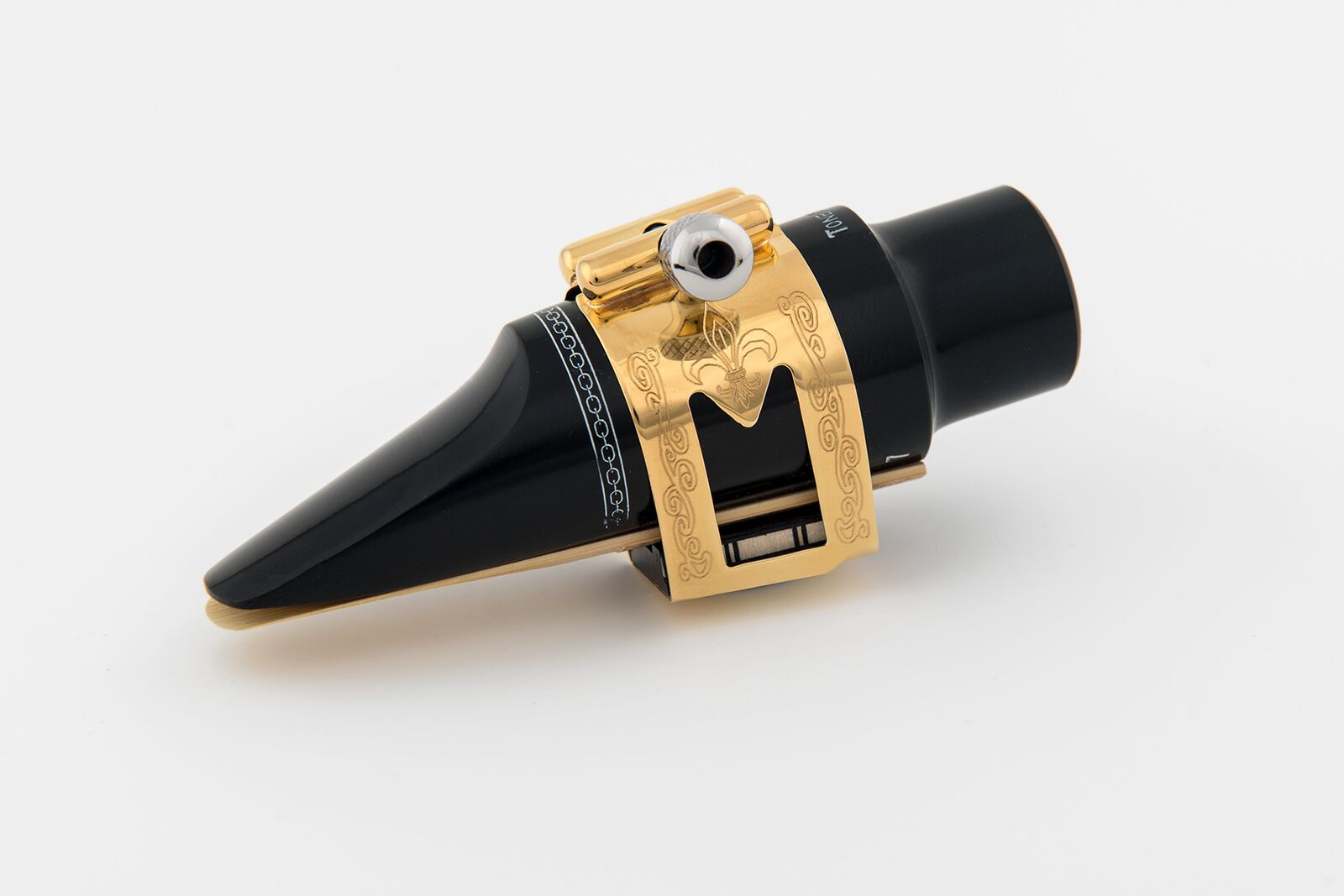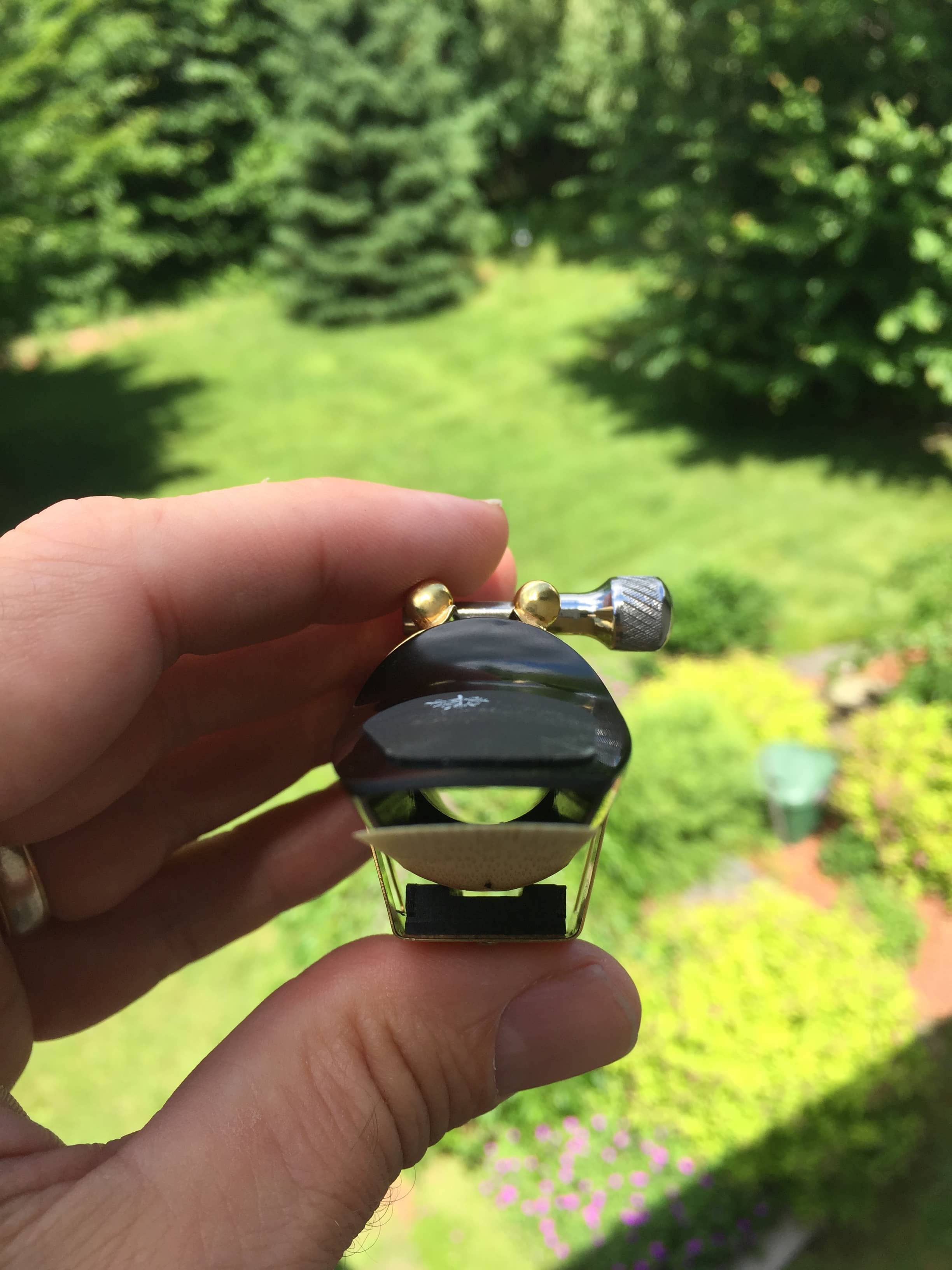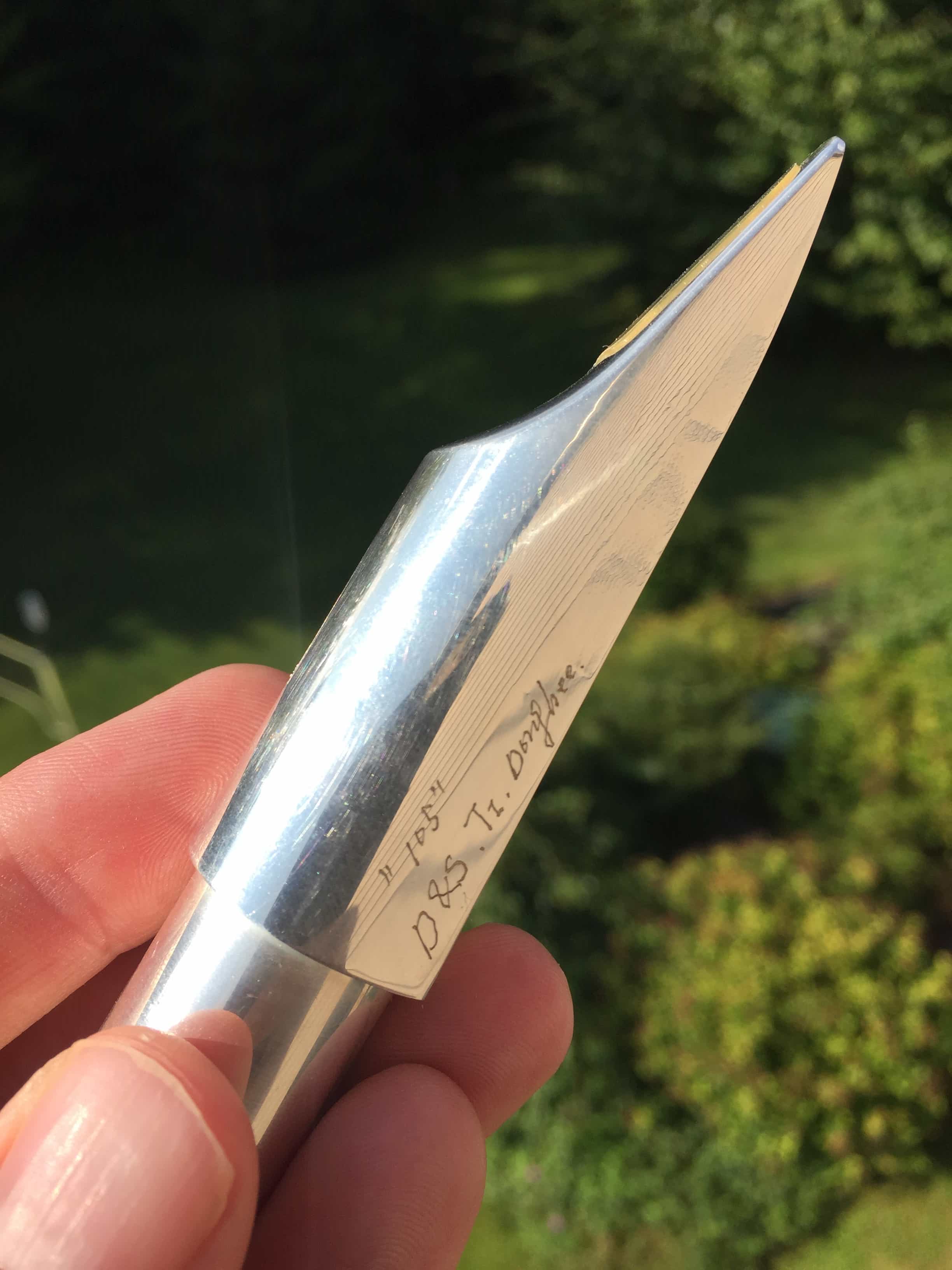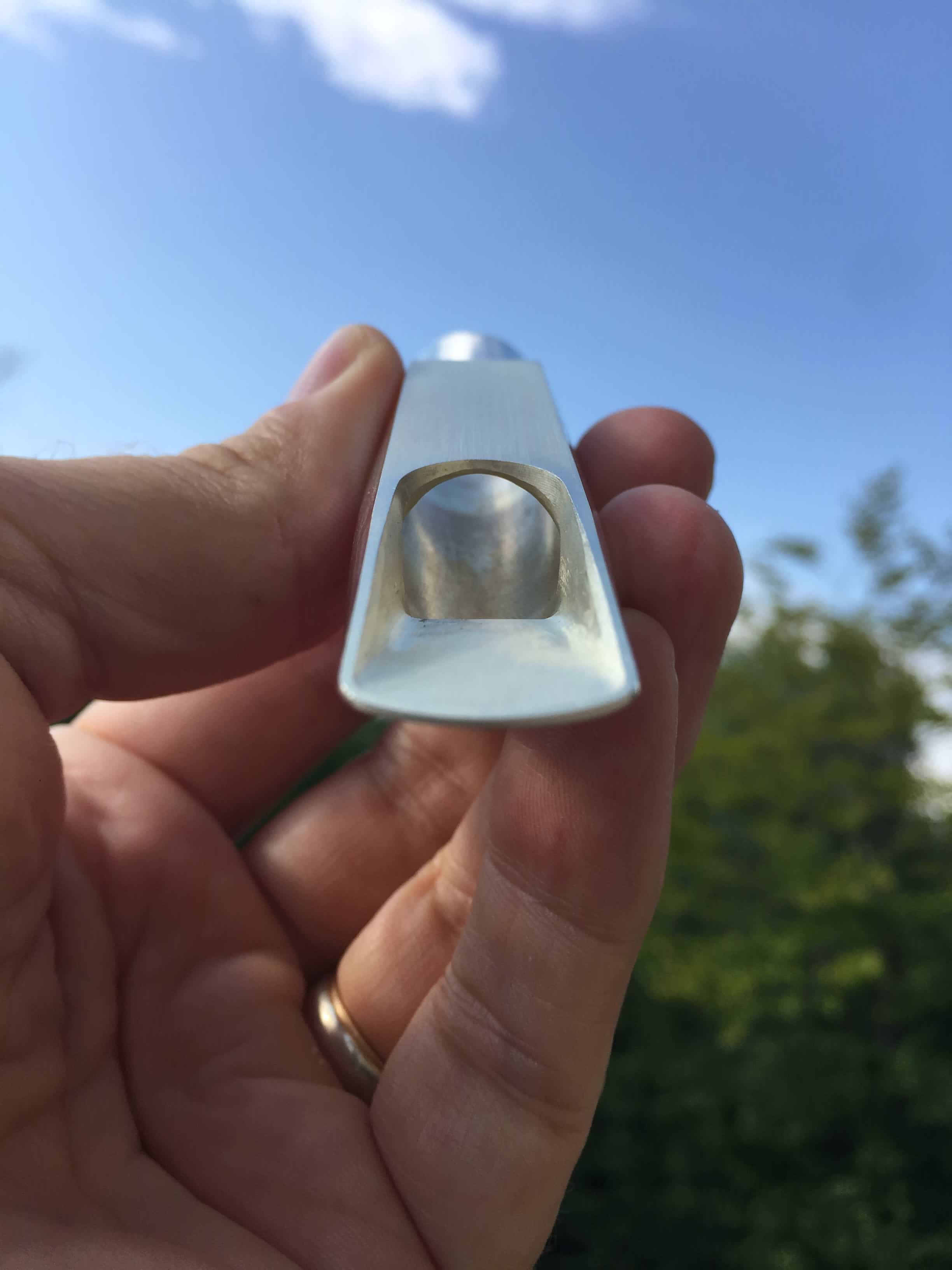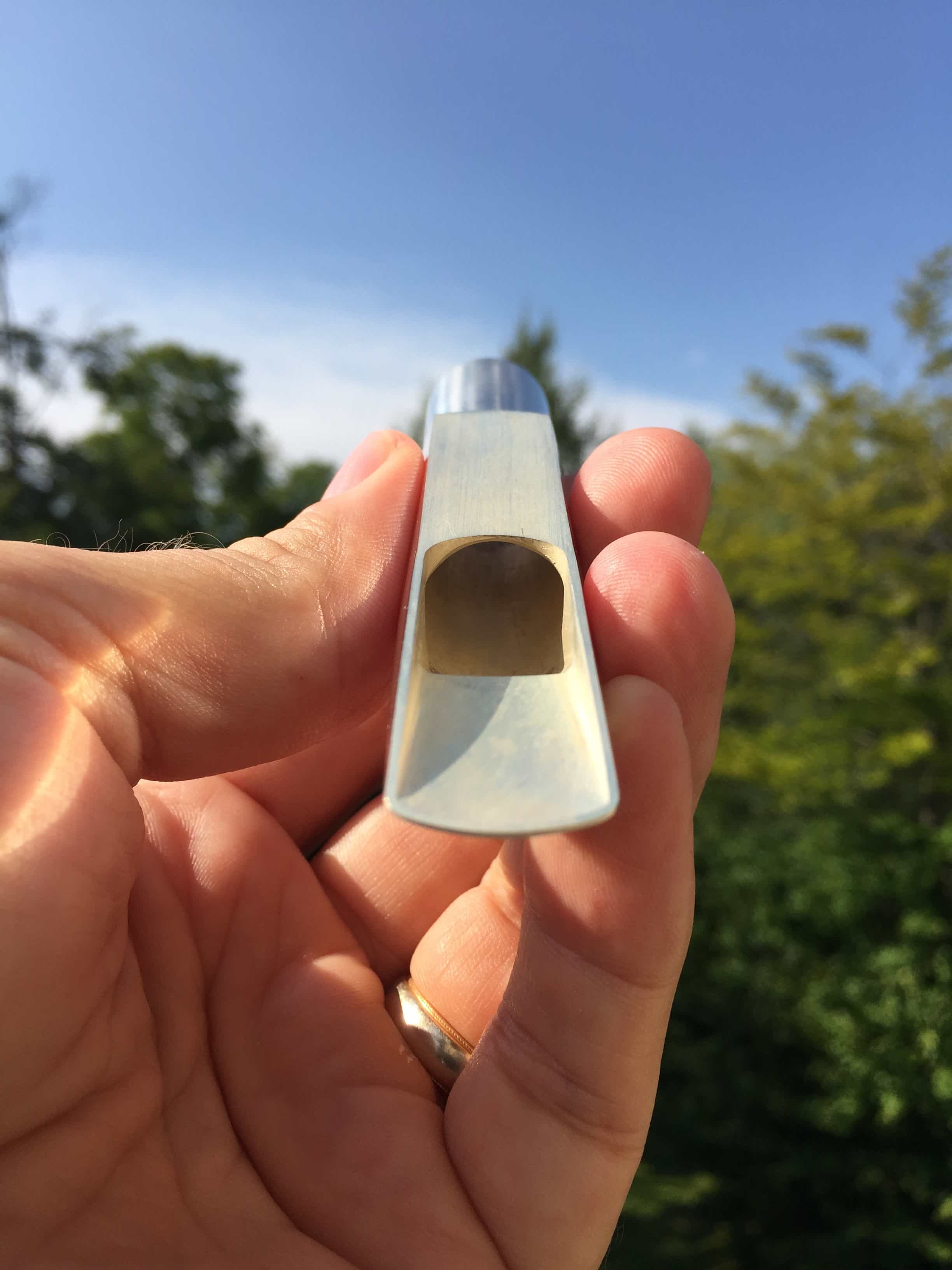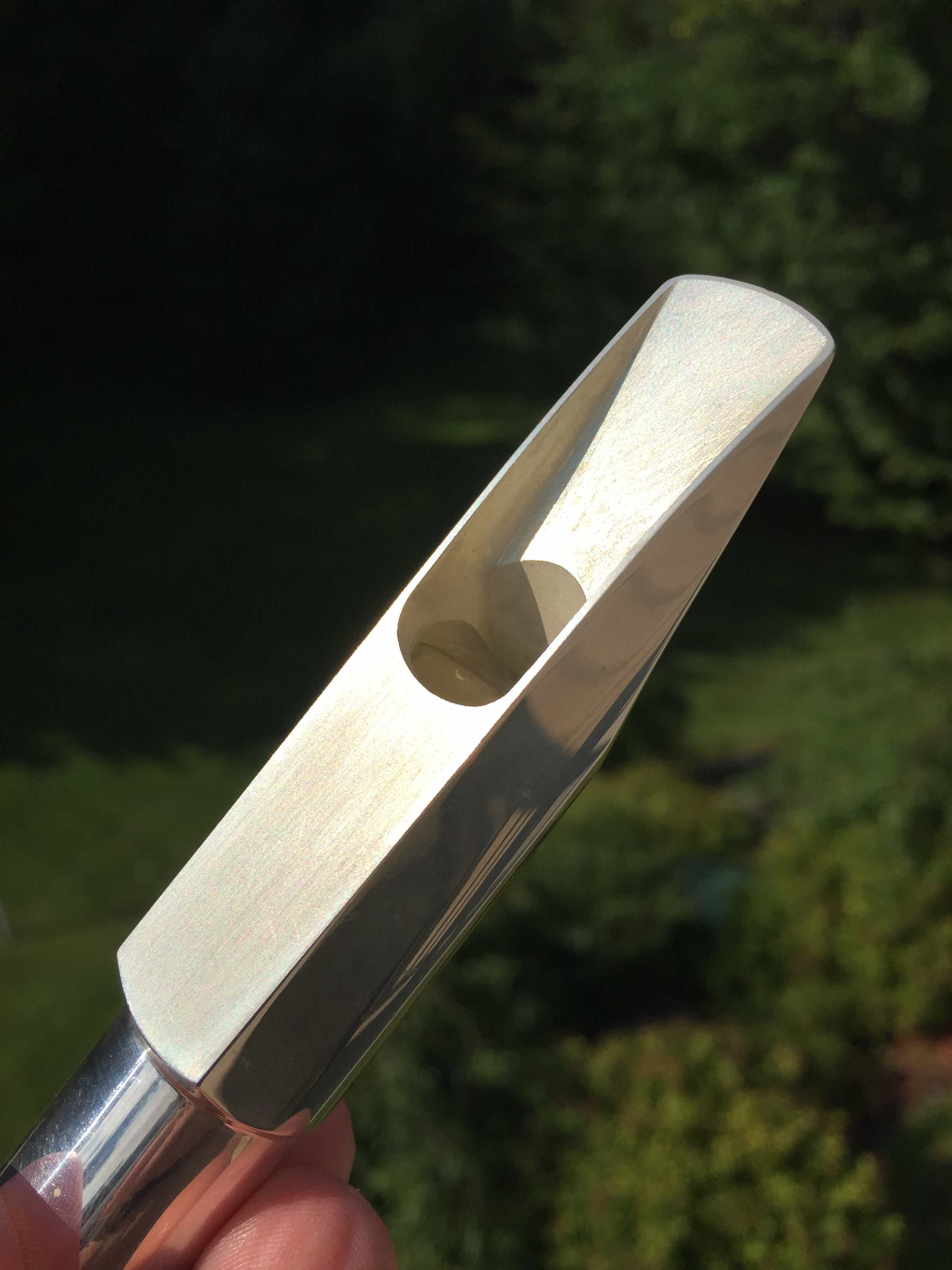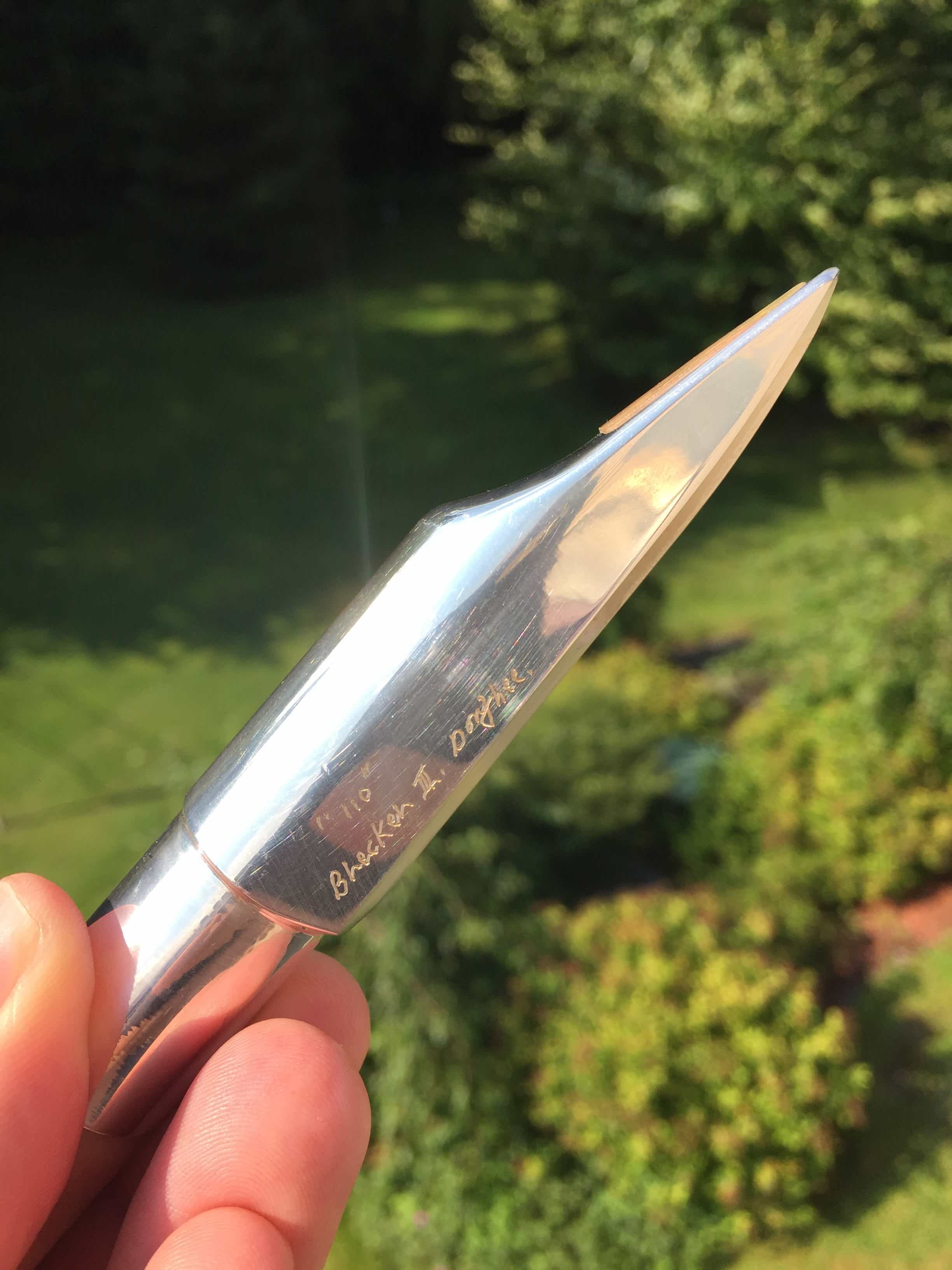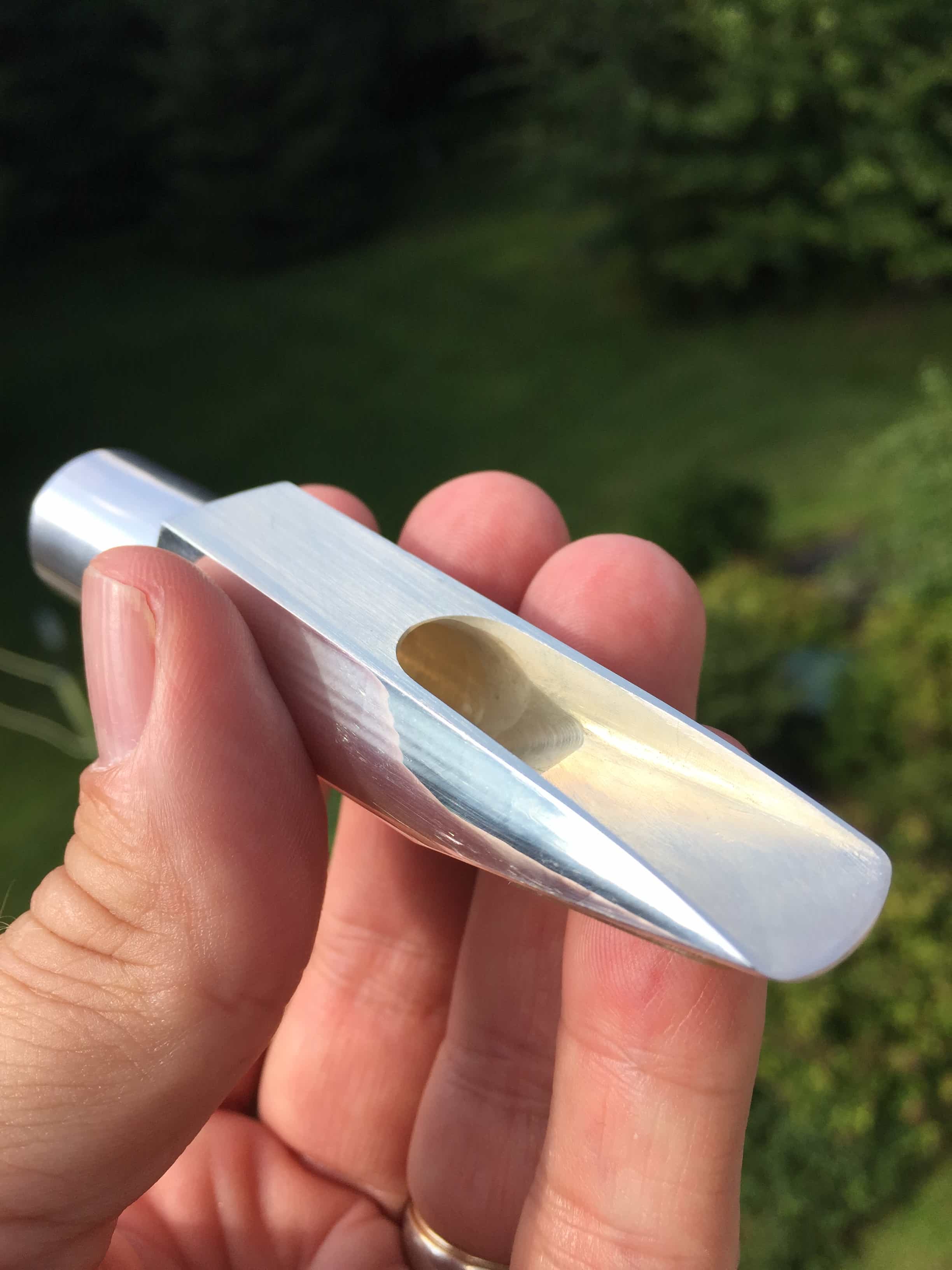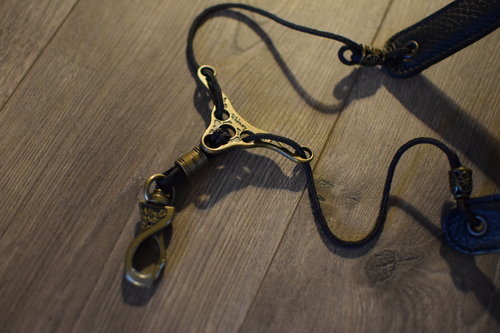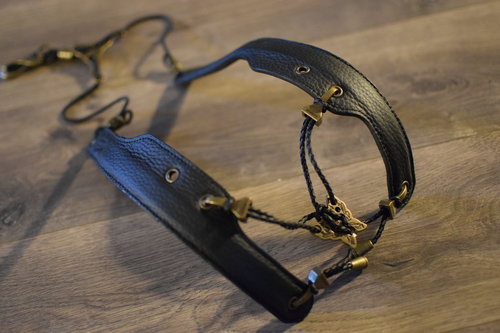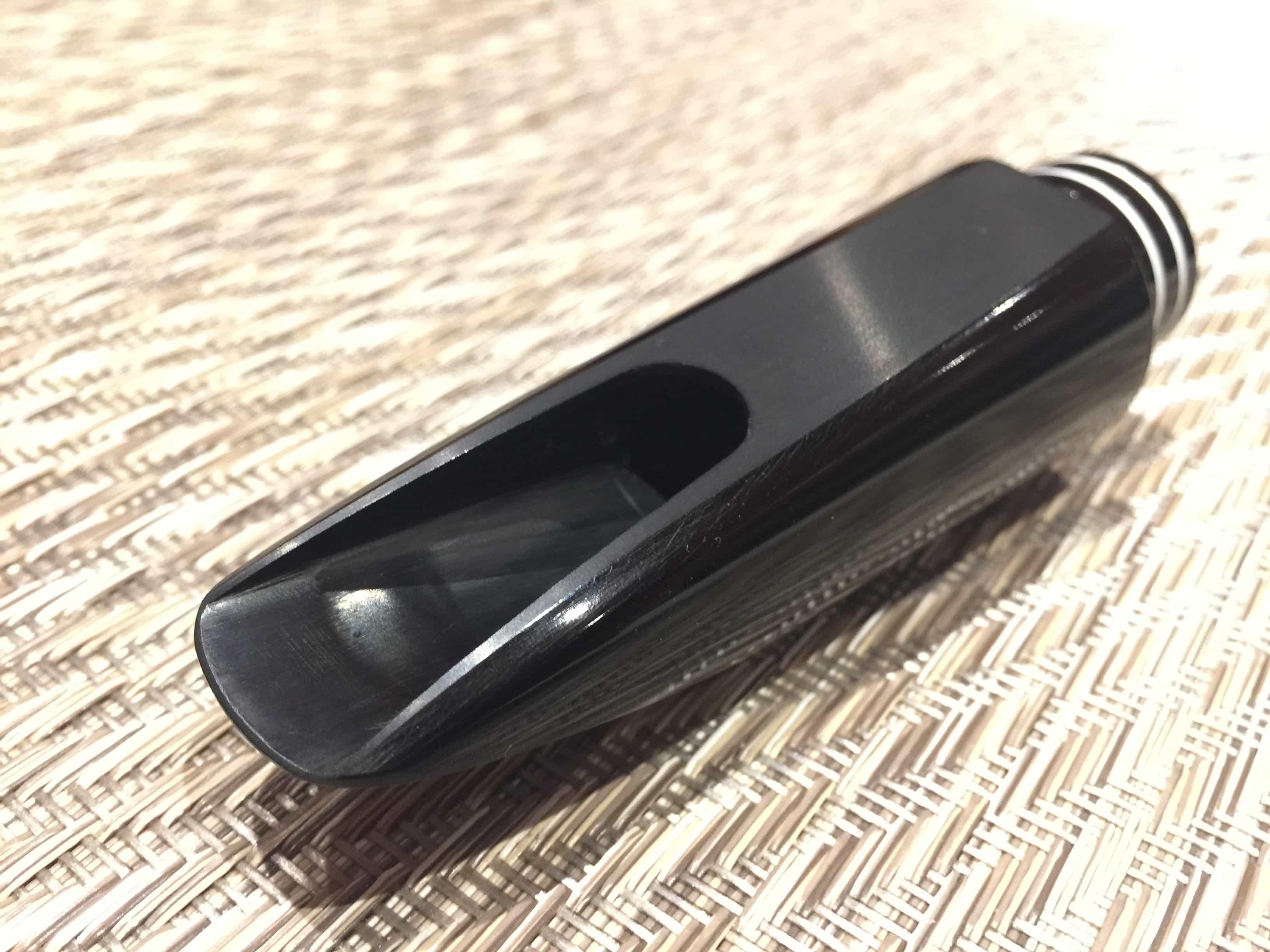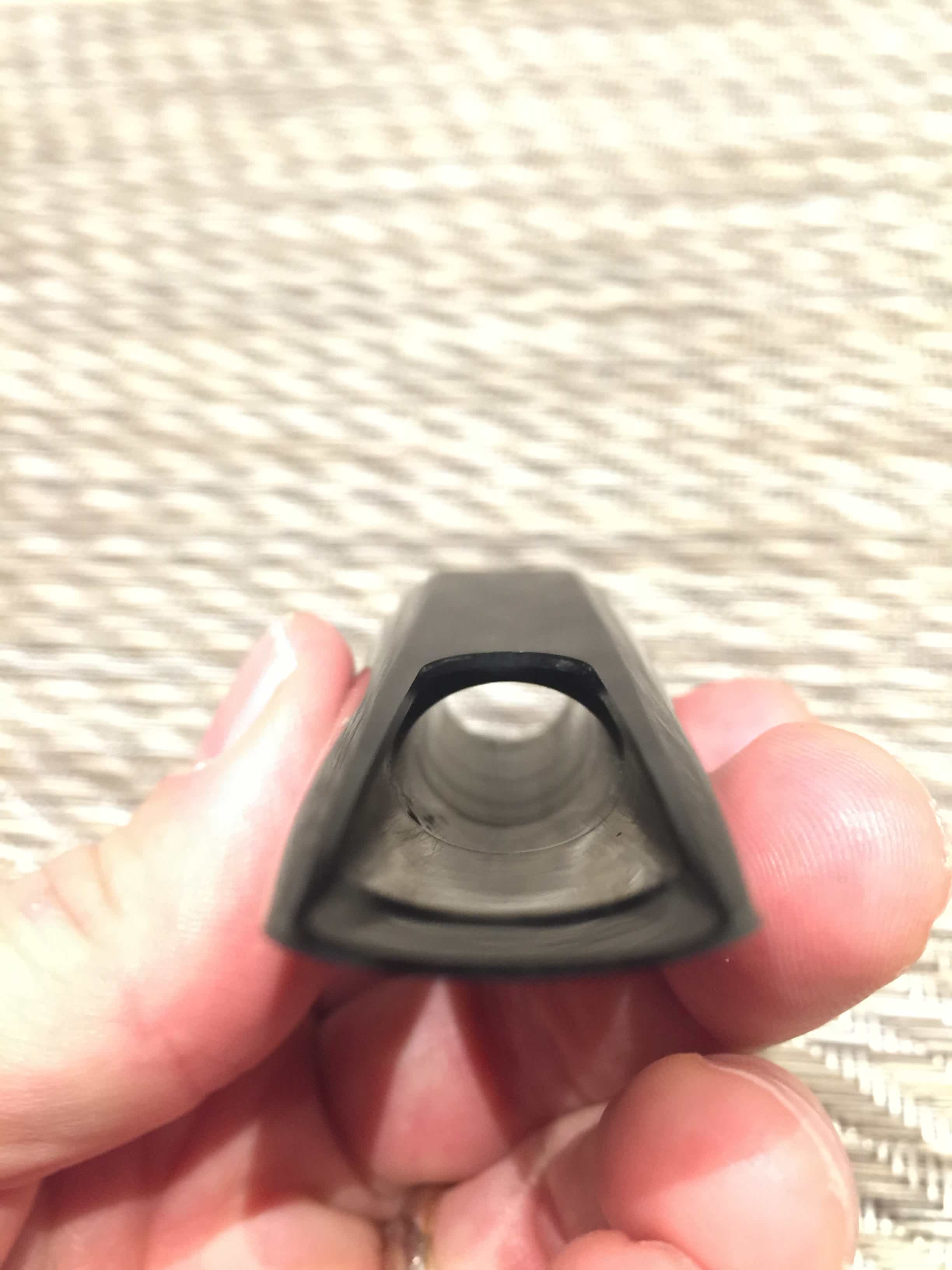I want to start this review out with a big apology to Joe Rohrbacher of Just Joe’s Music in Bend, Oregon. Joe sent me a couple of complimentary Just Joe’s Sax Gel Straps to try out and perhaps review almost 5 YEARS AGO!! This was around the fall of 2011 and at the time I was having a horrible time with upper back pain, arm pain and hand pain. This was combined with tingling, numbness and feeling like my fingers weren’t responding like they should. Playing the saxophone was excruciatingly painful!
Just Joe’s Sax Gel Strap
I had a MRI done and it turned out that I had some pinched nerves around the C6-C7 area of the upper spine. I was miserable, in pain all the time, couldn’t sleep and it was affecting my playing big time! The doctor said I needed surgery to resolve this ongoing problem but at the time I felt like I had had enough surgeries for a life time (you can read my “Funny as a Brain Tumor” story if you are interested in that) and decided to give this some more time to hopefully resolve itself on it’s own.
I received the Just Joe’s Gel strap around that time and also a Jazzlab Saxholder neck strap also. I did a review of the Jazzlab Saxholder back in 2012 but have been totally negligent in my review of the Just Joe’s Gel Strap. It was nothing intentional, but when I received the Just Joe’s strap I thought “Let me try this out for a couple of months and see how it works for me before I review it……” Next thing I know, five years have gone by. It is August 2016 and I’m still using the Just Joe’s neck strap every day. So to Joe I say “I’m sorry for the five year wait, please forgive me. I love your straps and use them every day!”
Just Joe’s Sax Gel Strap
Back in 2011, I changed to the Jazzlab Saxholder neck strap from my old Hyman strap because I figured that was the safest bet because it would take all the pressure off my neck. I did get better during the coming months due to healing over time but I believe also due to reducing that large weight hanging around my neck 4-6 hours a day.
Although I liked the Saxholder when standing, I found it a bit uncomfortable and awkward while sitting which I believe I mentioned in the review I did of it. I am usually sitting during Skype lessons so I started using the Just Joe’s Gel strap during those moments. Soon, I found myself just using the Just Joe’s Gel Strap all the time.
Now, five years later, I am still using the Just Joe’s Sax Gel Strap and haven’t had any further neck, shoulder, arm or hand issues during that time due to my saxophone playing! Woohoo!! (I did have an issue a few weeks ago when I tried to boogie board with my kids while at the Ocean but that’s a different story…….no more boogie boarding……..)
Just Joe’s Sax Gel Strap
The Just Joe’s Gel Strap has a soft leather piece that sits around your neck. The piece is wider than many other neck straps so that it feels like the weight is dispersed a bit more.
What sets the Just Joe’s Gel Strap apart from many other straps is that there are two gel cushions on either side that sit on either side of your spine. This lifts the area that is over your spine up so that there is little to no pressure on your spine from the strap.
Here’s a quotes from the Just Joe’s Gel Strap website:
“By carefully placing the super soft polymer inserts on either side of the neck vertebrae we have dramatically reduced the pressure and related stress on the most vulnerable part of the spine. The polymer then helps distribute the weight where contact is made. You will be surprised at how much lighter your saxophone feels!!”
Joe describes how he thought of and created the Just Joe’s Gel Strap
The leather neck piece is attached solidly to a sturdy cord that loops through metal eyelets in the leather so the rope won’t tear through the leather. The cord loop is then secured with metal crimps.
The slider on the Gel Strap is black anodized aluminum and is easy to adjust and slide. Sometimes the cord does get a bit twirled up over time but the strap still works great even when the cord is twirled up a bit. You can un-twirl the cord by flipping the strap over and over in the right direction to fix it.
Joe has 3 different hook options to choose from:
- A custom J hook-this is metal with a thermoplastic coating
- A Large brass hook that closes
- A Nylon hook that closes
The two straps I received had the nylon plastic hook that closes and the brass hook that closes. The hooks are sturdy and solid. I chose the hooks that close because I am a bit paranoid about a hook sliding off, you then go to play and disaster. I have had many close calls with these non-closing hooks over the years. (This has led to my other unspoken rule which is “always have at least one hand around the sax at all times”. This has saved me from many disasters also.)
I don’t want to add any controversy to this review but I feel I should point out my personal experiences when using the plastic hook compared to the brass hook. Dave Valdez posted an article on his blog in 2012 called “Neck Strap Hook Analysis Results“. If you read the article, you will find that Dave believed there to be a sonic difference in tone when using the large brass hook of the Just Joe’s neck strap compared to plastic hooks on other straps. The article is an interesting read and dave attempts to give some evidence to his opinion. This article is what got me curious about the Just Joe’s strap with the brass hook in the first place.
My finding were the same as Dave Valdez’s. I felt like the strap with the brass hook played more lively, brighter and louder. I have been told that there is no scientific theory that would support this phenomena but nevertheless, that is my experience. You can do what you want with that information, hopefully it doesn’t cause as much discussion and debate as my “Buzz Screw” review did……..but hey, I can live with it……..
The one thing to consider with the brass hook is if and how it will wear on the hook ring on your saxophone. I used a metal hook in college that chewed it’s way almost all the way through my Couf Superba I tenor sax hook ring before I noticed. I have no idea what metal that hook was made of but I have been cautious of metal hooks since then. Right now, I am using the plastic hook on my Selmer SBA tenor and the metal hook on my Yamaha soprano.
Just Joe’s Sax Gel Strap
If you are not 100% happy with your current neck strap or have upper back and spinal issues I would encourage you to try the Just Joe’s Gel Strap. You can order them at the Just Joe’s Sax Gel Strap website. If you have questions about what length to choose please contact Joe via the site to ask those questions.
Thanks again to Joe for sending me these samples to review. These are quality, well made straps that I feel have been essential to helping me overcome some of my health issues and enjoy playing the sax again. It is obvious when looking at the quality of these straps and hearing Joe speak about them, that this is a passion for him. He has worked hard on every detail and is proud of his work. Great job Joe!






